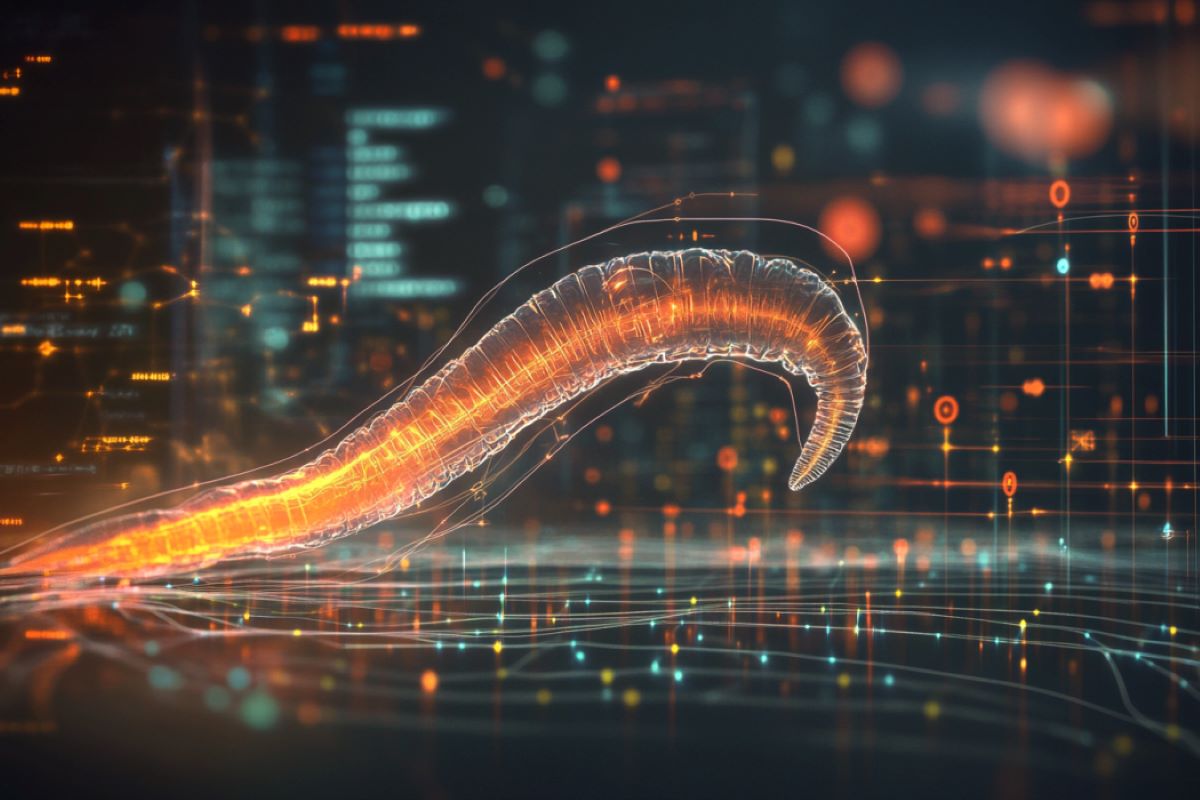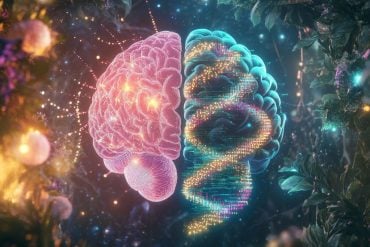Summary: Scientists have developed a highly accurate model simulating animal movements, using the nematode worm C. elegans as a base. This model captures both predictable and random behaviors, with applications in medicine and robotics.
The approach could help diagnose movement disorders, improve robotic designs, and assist in drug discovery. The simulation’s accuracy offers a new way to understand the factors influencing behavior.
Key Facts:
- Model predicts complex animal movements using machine learning techniques.
- Applications include diagnosing movement disorders and improving robotics.
- Could lead to personalized treatment strategies and better drug testing.
Source: OIST
Scientists have developed a new method to simulate the complex movements of animals with exceptional accuracy.
The research team set out to solve a long-standing challenge in biology—how to accurately model the intricate and seemingly unpredictable movements of living organisms. They focused on the nematode worm Caenorhabditis elegans, a model organism widely used in biological research.
The findings, published in PNAS, help predict and understand animal behavior, with potential applications ranging from robotics to medical research.

“Unlike simple physical systems like a pendulum or a bead on a spring, animal behavior exists in a space between regular and random actions. Capturing that delicate balance is very tricky and that’s what makes our model unique—no one has ever presented a model of an animal this lifelike before,” explained Prof. Greg Stephens, leader of the Biological Physics Theory Unit at the Okinawa Institute of Science and Technology (OIST).
Accurately mimicking real worm movements
“An animal’s actions are influenced by many factors, including its internal state, environmental experiences, developmental history, and genetic inheritance. Expressing these influences in a simple, predictive model is remarkable and somewhat counterintuitive. This complexity, and our ability to model it effectively, is noteworthy,” explained Dr. Antonio Costa, lead author at the Paris Brain Institute at Sorbonne University.
Creating the model was a complex process involving several steps. The team started by recording high-resolution videos of worm movements. They used machine learning techniques to identify the worm’s shape in every video frame.
They then analyzed how these shapes changed over time, to obtain a deeper understanding of worm behavior. Finally, they determined how much past data was needed to make reliable predictions.
“We compared statistical properties of real animal behavior, such as movement speed and frequency of behavioral changes, with those generated by our simulations,” Dr. Costa added. “The close match between these data sets demonstrates the high accuracy of our model.”
Implications for medicine and robotics
The implications of this research extend far beyond the study of worms. The team is already communicating with companies who use this nematode worm to test the effect of chemical compounds on behavior.
They are also applying the model to other species, including zebrafish larvae, which are frequently used in drug discovery research. Additionally, the researchers are exploring applications in human medicine, particularly in the study of movement disorders like Parkinson’s disease.
The potential impact on medical research is significant. Current diagnostic methods for movement disorders often rely on subjective observations made during brief clinical visits. These changes might be too subtle for direct observation, which is part of what makes diagnosing these medical conditions challenging.
This new approach could provide more continuous, objective measurements of patient movements, even in home settings, leading to more precise diagnoses and personalized treatment strategies.
Beyond medicine, the model could have applications in fields such as robotics, where achieving natural-looking movement has been a persistent challenge. By better understanding how animals navigate their environments, engineers may be able to design more adaptable and efficient robotic systems.
As the team continues to refine and expand their modeling techniques, they anticipate that this approach will open new avenues for understanding the intricate relationships between environmental factors, genetics, and behavior across a wide range of species.
About this AI, robotics, and neuroscience research news
Author: Tomomi Okubo
Source: OIST
Contact: Tomomi Okubo – OIST
Image: The image is credited to Neuroscience News
Original Research: Closed access.
“A Markovian dynamics for Caenorhabditis elegans behavior across scales” by Greg Stephens et al. PNAS
Abstract
A Markovian dynamics for Caenorhabditis elegans behavior across scales
How do we capture the breadth of behavior in animal movement, from rapid body twitches to aging?
Using high-resolution videos of the nematode worm Caenorhabditis elegans, we show that a single dynamics connects posture-scale fluctuations with trajectory diffusion and longer-lived behavioral states.
We take short posture sequences as an instantaneous behavioral measure, fixing the sequence length for maximal prediction. Within the space of posture sequences, we construct a fine-scale, maximum entropy partition so that transitions among microstates define a high-fidelity Markov model, which we also use as a means of principled coarse-graining.
We translate these dynamics into movement using resistive force theory, capturing the statistical properties of foraging trajectories. Predictive across scales, we leverage the longest-lived eigenvectors of the inferred Markov chain to perform a top–down subdivision of the worm’s foraging behavior, revealing both “runs-and-pirouettes” as well as previously uncharacterized finer-scale behaviors.
We use our model to investigate the relevance of these fine-scale behaviors for foraging success, recovering a trade-off between local and global search strategies.






